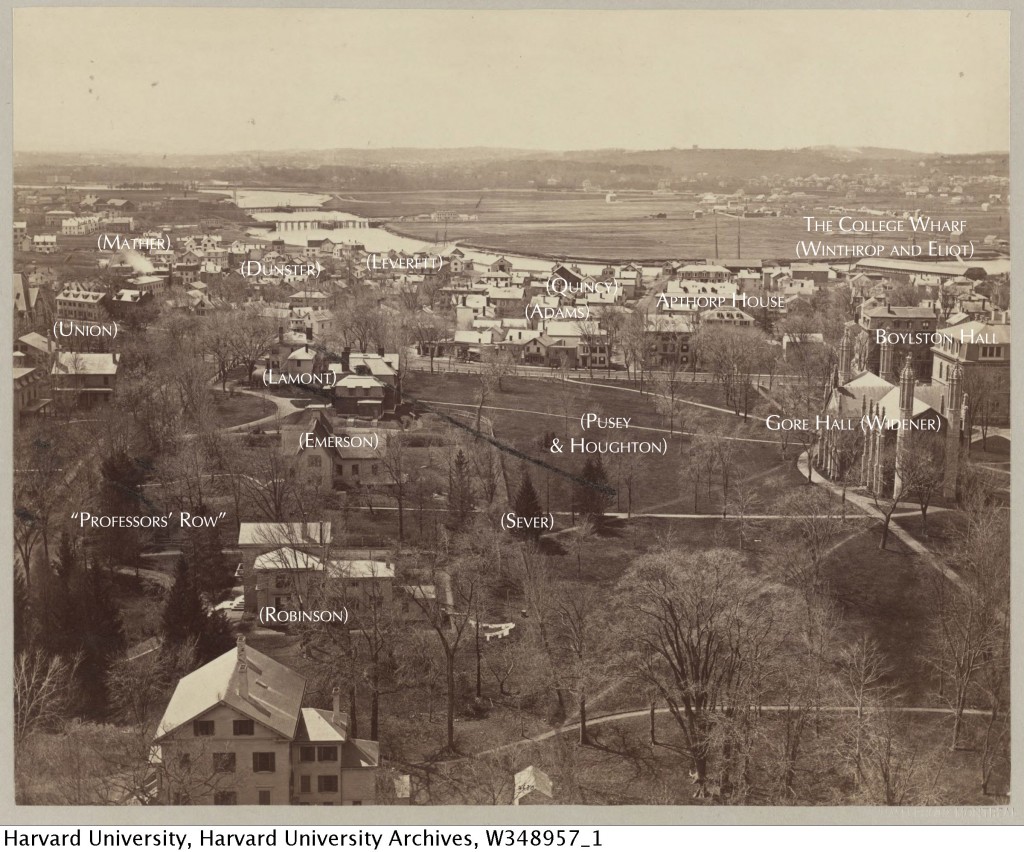On Thursday I went to the Hasty Pudding Play with some fellows and again on Friday with the Quincy’s & dined there also. Saturday afternoon after rowing I went into the Touraine & saw Muriel…. Then took the 8 PM train to Groton and am just back from there after a nice quiet Sunday…. FDR to Sara, May 1902
As the 2013 Hasty Pudding Show, There’s Something About Maui, comes to the end of its run, we’re pleased to have received the donation of a very rare piece of FDR ephemera: the complete score of the 1902 Hasty Pudding production Hi-Ka-Ya, the very play that Pudding member Franklin Roosevelt writes that he saw not once, but twice.
As with most Pudding affairs, the plot is predictably silly. As the 1902 Harvard Bulletin noted: Hi Kaya [sic] is a comic opera in three acts, the scene of which is laid, in the first and third acts, among the Eskimos in the arctic regions. The scene of the second act is laid at the Sheepshead Bay racetrack.
Paul Revere Hall, a man about town, Professor Lasher, a geologist, and Obediah Ham, a grind, go to the polar regions together to see Hi-Kaya, the chief of a northern tribe, and they prevail upon him to return with them to America. In the second act they are seen at the Sheepshead Bay racetrack in New York. In the third act they become involved in international complications in the polar regions. English, German, French and Austrian warships with their officers are trying to get possession of the country, but finally relinquish to the United States all their claims.
(How typically Teddy-Rooseveltian!)
Judging by reviews in the Crimson and the Harvard Illustrated Magazine, the 1902 effort was quite well received, with particular notice going to the score.
What I find fascinating about this, aside from the very fact that this score survived at all, is how many of the inside jokes we still understand, or rather, how many we understand now, after five years of Foundation research.
Take for instance, the ‘Geologist’s Song’
Perhaps you think it odd
That these many miles we plod
To learn the dip and strike of all the glaciers in the land
To make the matter plain
I’ll say once and then again;
‘Tis the little drops of water that make the little grains of sand!”
Professor Lasher, we now know, is a very thinly veiled caricature of Harvard Geology Professor Nathaniel Shaler, whose Geology 4 course FDR took his freshman year, and who was equally famous for his congenial student field trips about New England — and his notoriously easy grading.
Nor, five years ago, would we have known much about the subject of this little ditty:
Nice oranges, good people, buy a few.
Five cents will by you two.
I need the money, good people, more than you!
Frequent readers of this column may also remember my recent post on “Shopping for Gems and Snaps,” and recall that in FDR’s era, students who paid too much attention to their studies were called “grinds.”
Well, in Hi-Ka-Ya they receive their own song:
I’m a typical college grind
I look it you’ll admit, you’ll admit, you’ll admit.
You’ve heard it’s a grind to be a grind
Not a bit, not a bit, not a bit.
Just the opposite!
Don’t let my words belie my looks.
My happiness is in my books.
I love to work.
I hate to play.
For me life’s simply the other way.
Don’t enlist your sympathy,
I’m as happy as can be,
For to read my Latin Grammar
Is life in Arcadie!
Oh grinding I adore it!
My work is joy to me!
The score, incidentally, arrived to us intact but in pretty rough shape: cover torn, pages faded and water damaged. However, thanks to the miracles of modern digital restoration (and about a full day’s labor on our part) the entire 60 page score went from the 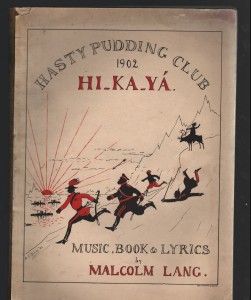 condition you see at left, to the crisp, shimmering original white version you see above. Hi-Ka-Ya, along with the rest of our Harvard ephemera collection, is currently being digitalized and restored, soon to be available online via our new FDR Suite Internet Museum.
condition you see at left, to the crisp, shimmering original white version you see above. Hi-Ka-Ya, along with the rest of our Harvard ephemera collection, is currently being digitalized and restored, soon to be available online via our new FDR Suite Internet Museum.
All thanks to supporters like you, of course! Donations to the Foundation are quick, easy and tax deductible using the button below. Frequent fliers: consider using your airline miles credit card to help us and help yourself at the same time!

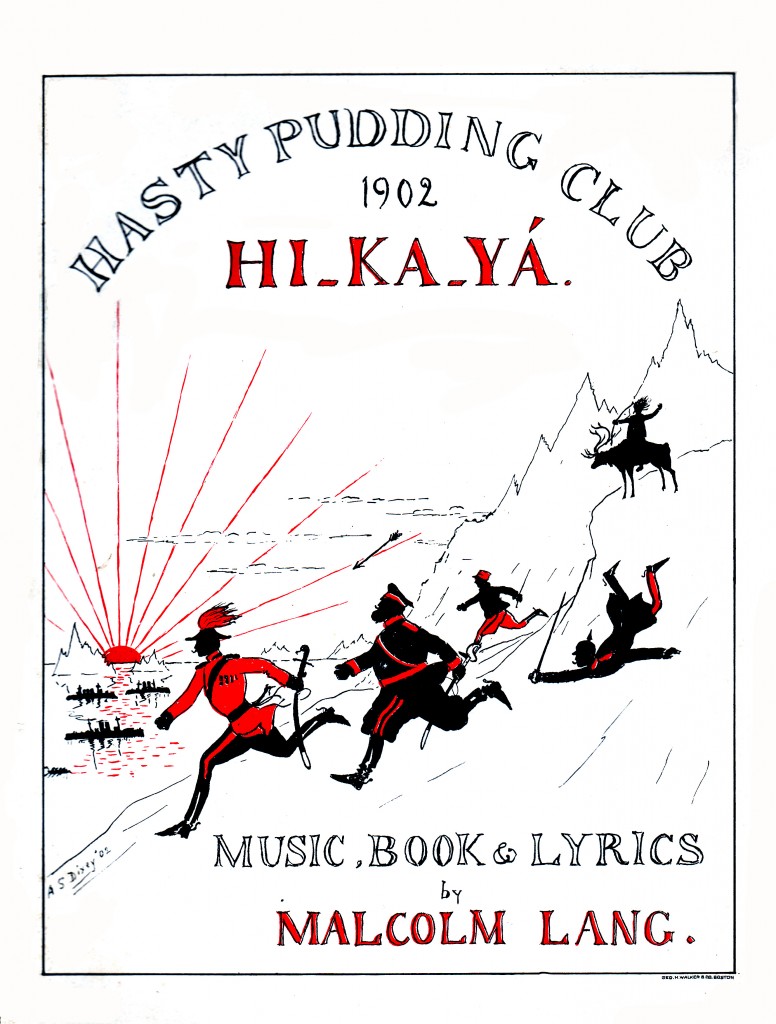
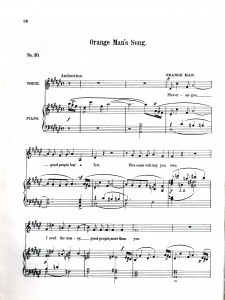

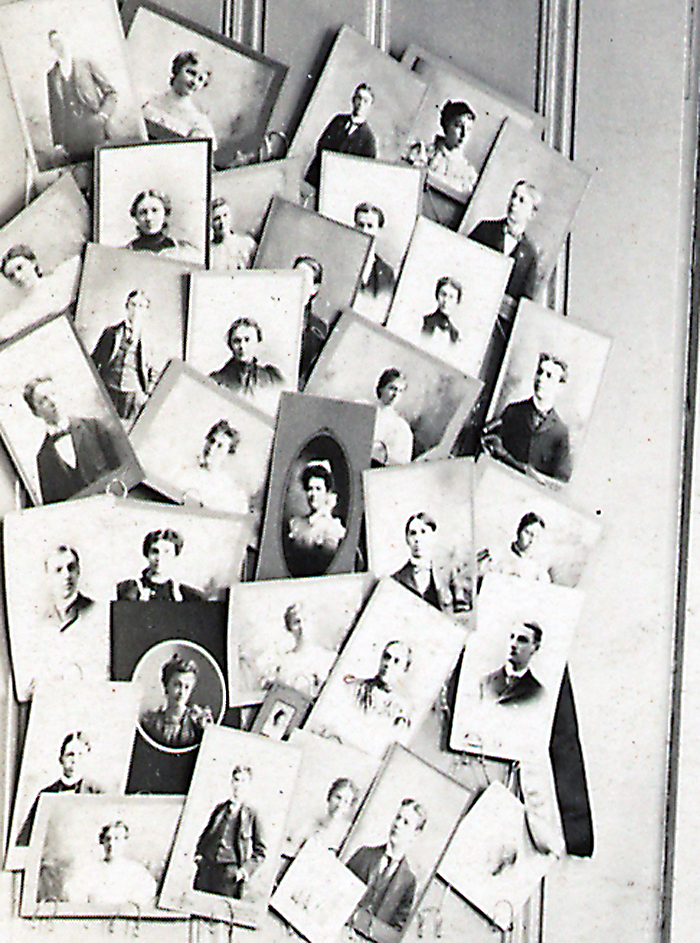
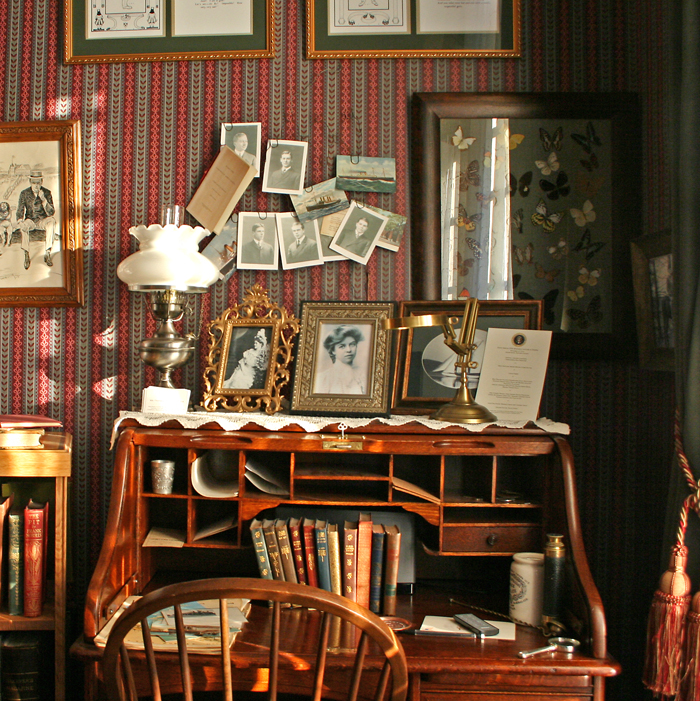
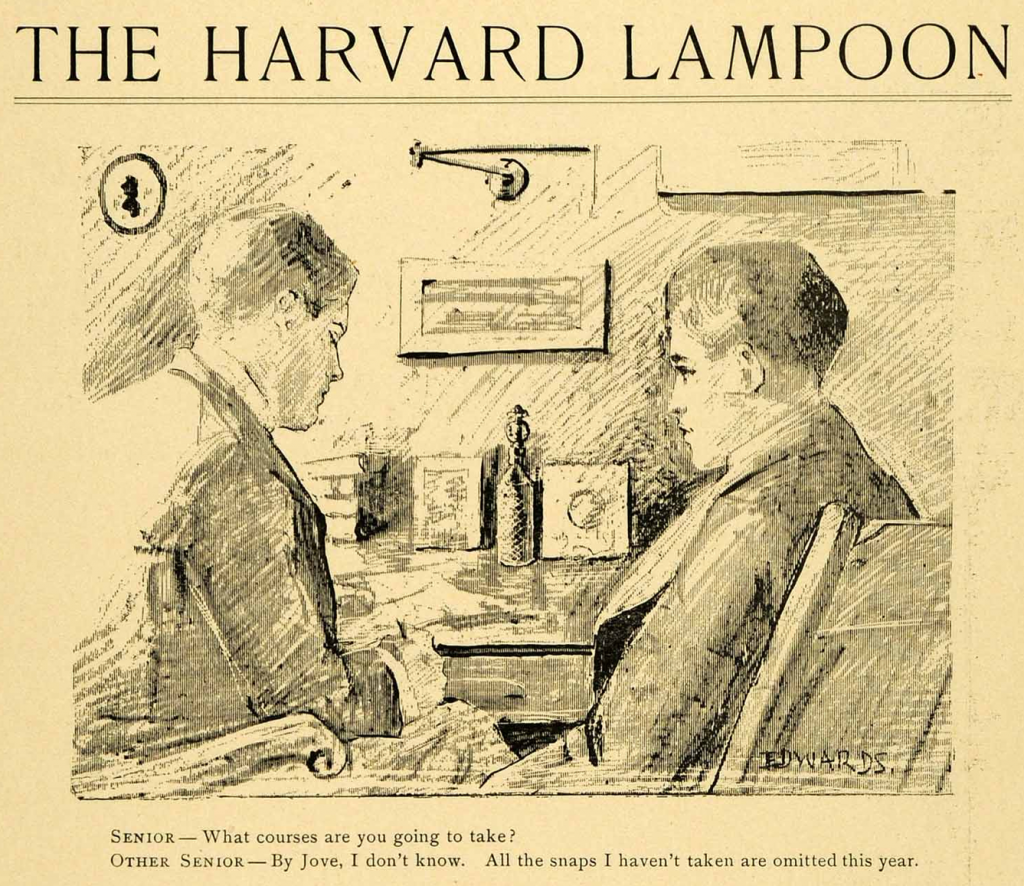
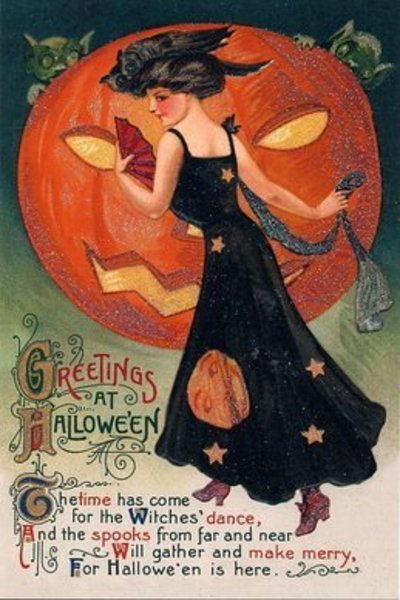 Many of Boston’s suburbs (including the house of your favorite editor) may be under snow and without power from the worst October snow storm ever, but still, what’s a little weather?
Many of Boston’s suburbs (including the house of your favorite editor) may be under snow and without power from the worst October snow storm ever, but still, what’s a little weather?